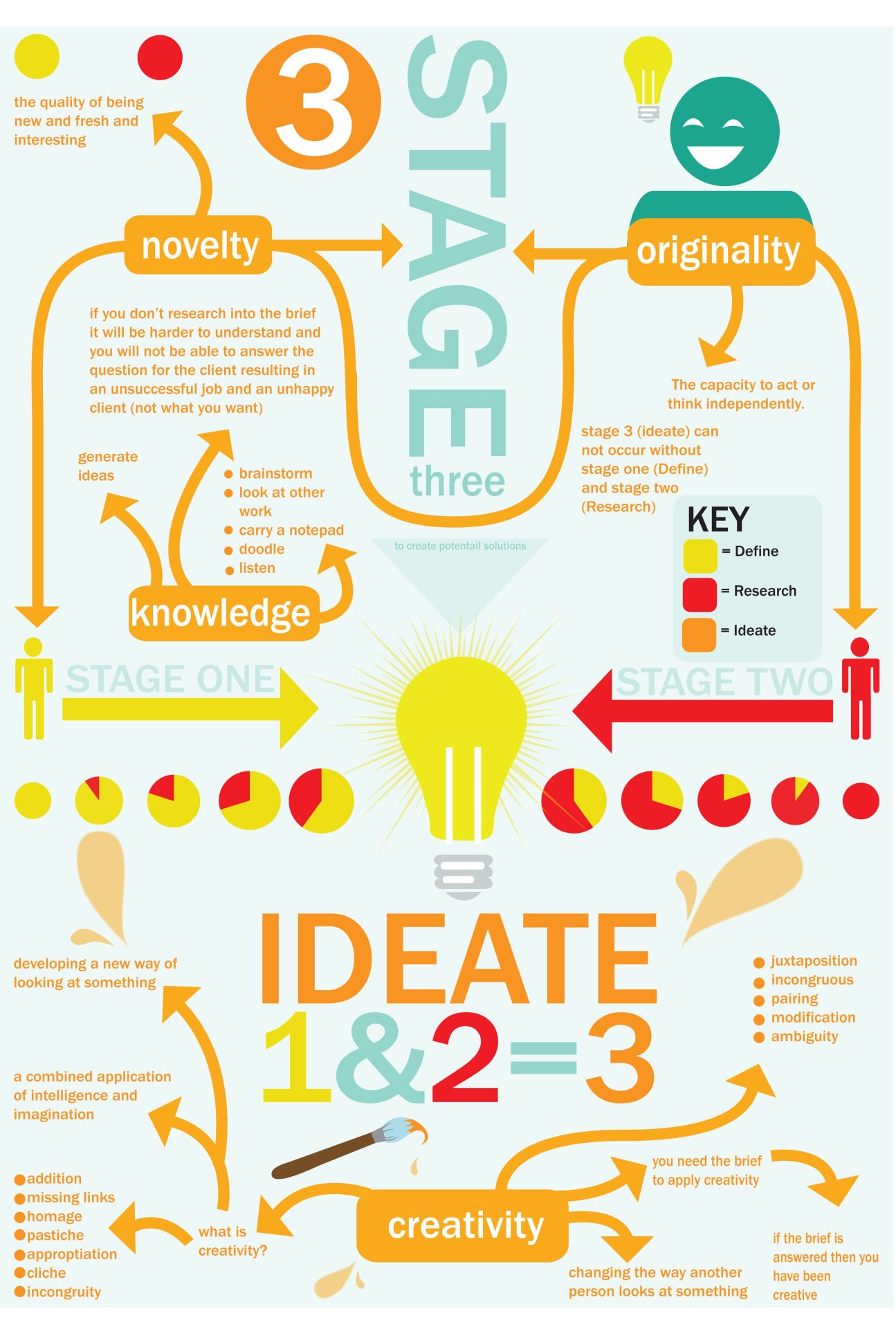A lot of companies take their logo design seriously, but what are some of the things that make a really good logo not so great? For starters, a badly designed logo will convey a message to its potential customers that is not only wrong but also insensitive and inappropriate. Just think about it for a second. If you were looking at a billboard, or a logo on a package of gumball machines, what would be the first thing that comes into your mind?
A bad design can come in many forms; it can be a logo with an inappropriate use of color, or it can be a design that makes the eye to wander away from the product itself. In fact, a bad logo can be viewed as something negative – perhaps a distraction, or even a fraudulent enterprise. As with anything else, if it looks shady, then it probably is. Another reason that poorly designed logos can be considered bad is that they are usually difficult to read or understand. This means that potential customers who are reading the logo cannot figure out exactly what it is that the company is conveying.
What are some good examples of bad design? Any type of communication that conveys messages in a negative way should be avoided, whether it’s an advertisement or even something as simple as a logo. If you have to choose between something negative and something positive, it is always better to go with something positive. So how can one find good examples of bad design? Look for something that is not only poorly designed, but has poor design principles and poor grammar!
What are the stages of design?
What are the stages of a design project? The basic answer to that is a project starts with an idea…usually, a “what” but it ends up being more than just that. Next comes the idea or concept, which is well-chosen can transform the “what” into a “how” with just a few minor changes, and if that one passes all the testing phases, it becomes a real product. Once the product is released into the market, it goes through some production cycles such as conceptualization, concept testing, and design development and testing, and finally into production. If any one of these is not properly followed, then it will either never get to see the light of day or will be doomed to be a failure.
So how do we deal with the different stages in the whole process of getting a new design project up and running? First, you must determine what your product is going to be like and what kind of design you need in order to make it as efficient as possible. Next, you must set up a plan on how to achieve the goals of your design project and finally, you must implement the plan as best as you possibly can. If any of those steps is not properly followed, then you are doomed to have a product that does not live up to your expectations and will ultimately be a failure.
What are the stages of design? We have already mentioned that the first step in the entire process is an idea. The next stage is the idea, which is the catalyst for the actual design project. After that, comes the concept phase, which involves a lot of research and analysis on the idea itself. Next, comes the implementation phase where actual design projects are done, which is followed by the testing phase which checks the product to ensure that everything is working according to plan. Lastly, there is the final testing phase where the product is thoroughly tested and finally approved for mass production.

What are the 3 aspects of design?
The 3 factors that make up a good website are balance, content and visual design. There are many different things that go into making a website but balance is perhaps one of the most important. Balance refers to the fact that there is no need for every single item on your website to be placed exactly where you want them to be. For example, if your website has a navigation bar then you will want to place the buttons in the order that you would like them to appear on your page. This is known as the ‘visible balance’ and it is this that will ultimately make up the 3 important factors of design.
Content is what your users will be looking at which is why it is very important. This content should be related in some way to what your site is about and this can be achieved through using sub-menus, headings and also images. Visual design is very important because your users will be clicking on images or elements of your design so having an easy to use interface is essential. There are many different things that go into making a website but the important thing to remember is that balance, content and visual design should all work in harmony with each other to achieve your goals.
These are just some of the main aspects of website design but there are many others such as layout, typography, photos and colours. These are just as much an important aspect as anything else when it comes to designing your website, but they have their own individual feel and style. Some of the main things to consider when creating your website include colours, fonts, images and everything in between. Balance is the key to success when it comes to the design of your website and there are many different websites out there that have achieved a lot of success due to this.
